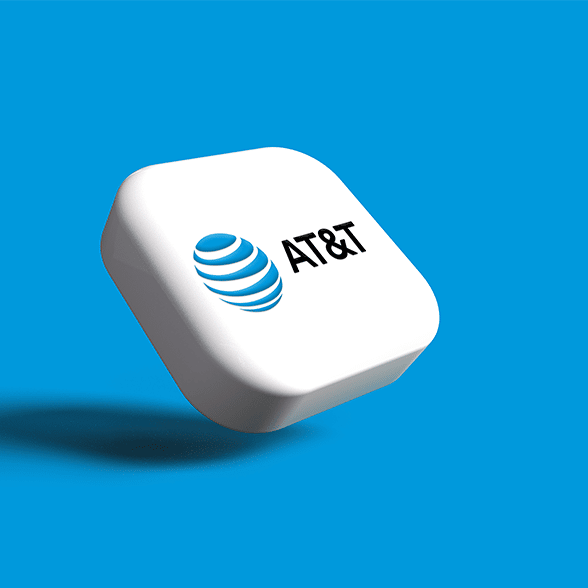AT&T and Dish were the biggest winners in Auction 110 of spectrum in the 3.45 GHz band, according to information released by the FCC today. Together, the two companies’ winning bids account for 73% of the $22.5 billion raised in the auction of coveted mid-band spectrum.
AT&T was the top spender, at nearly $9.1 billion. The company will gain essentially nationwide coverage in the spectrum band, having won 1,624 licenses in 406 of 416 total license areas.
Dish, which according to researchers at MoffettNathanson, bid as Weminuche LLC, will spend nearly $7.4 billion for 1,232 licenses, also covering 406 of 416 license areas.
T-Mobile was a distant third in the auction and is slated to spend nearly $2.9 billion for 199 licenses in 79 license areas.
Verizon did not win any licenses. The company may have felt less urgency to obtain spectrum in the band after being the largest winner in the previous C-band auction of mid-band spectrum.
U.S. Cellular won 380 licenses covering 104 license areas in the 3.45 GHz auction and is set to spend nearly $580 million for them.
Smaller Bidders
In total, 13 of 23 bidders in the auction had winning bids, according to an FCC press release. The commission also noted that over one third of the top 100 markets have at least four winning bidders, compared with 10% of the top 100 markets in the C-band auction.
“I am pleased to see that this auction . . . is creating opportunities for a wider variety of competitors, including small business and rural service providers,” said FCC Chairwoman Jessica Rosenworcel in a press release. “This is a direct result of the commission’s efforts to structure this auction with diversity and competition front of mind.”
Rosenworcel’s comments refer to the rules that were established for the 3.45 GHz auction.
The 3.45 GHz band includes 100 MHz of spectrum, divided into 10 equal blocks, and no carrier was allowed to win more than four blocks in a license area.
The clock phase of the 3.45 GHz auction was completed in November, at which point the auction had raised $21.8 billion. That phase was followed by the assignment phase, in which winner bidders competed for specific blocks within the band, yielding a somewhat higher total raised.
A complete list of winning bidders can be found at this link.



